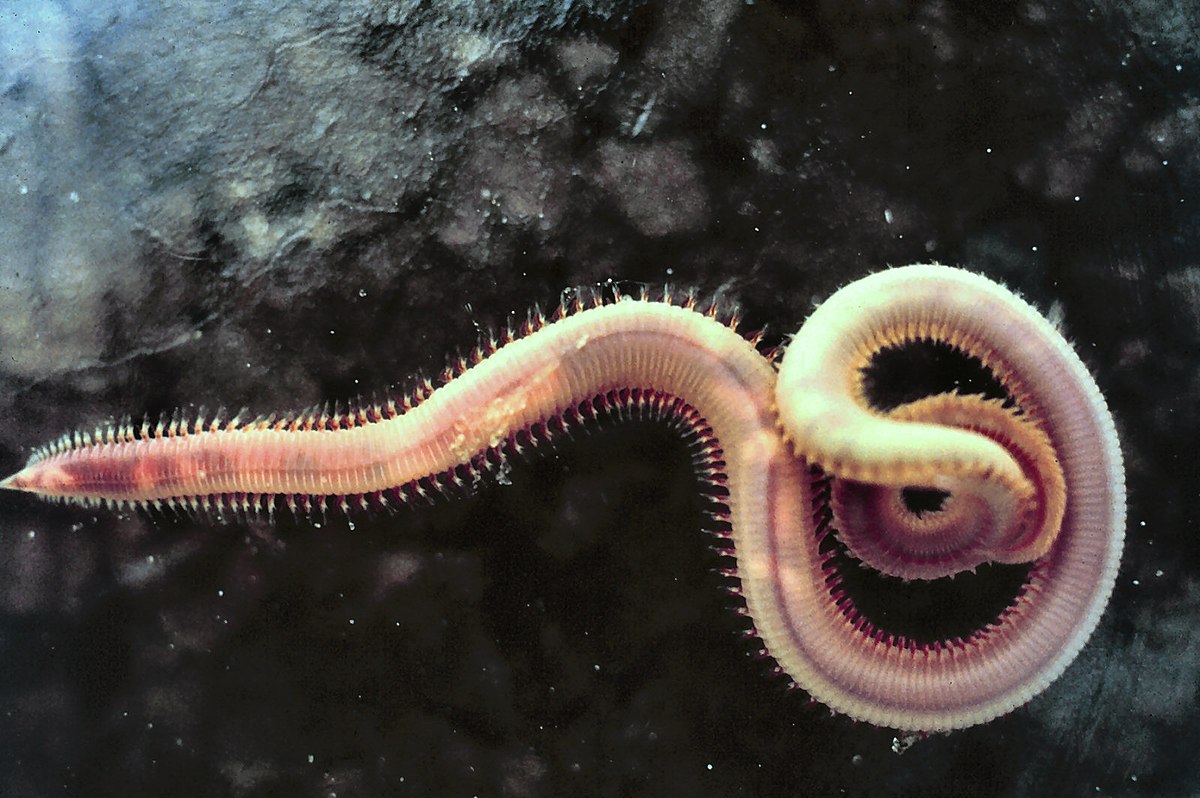The burrowing of marine polychaetes which may constitute up to a third of all species in near-shore environments encourages the development of ecosystems by enabling water and. Worms on Earth were responsible for burrowing into sediments over half a billion years ago and changing marine ecosystems forever Its part of what we call the Cambrian explosion. Polychaeta ˌ p ɒ l ɪ ˈ k iː t ə is a paraphyletic class of generally marine annelid worms commonly called bristle worms or polychaetes ˈ p ɒ l ɪ ˌ k iː t s Each body segment has a pair of. Earthworm any one of more than 1800 species of terrestrial worms of the class Oligochaeta phylum Annelidain particular members of the genus Lumbricus. Lugworm genus Arenicola any of several marine worms class Polychaeta phylum Annelida that burrow deep into the sandy sea bottom or intertidal areas and are often quite large..
The burrowing of marine polychaetes which may constitute up to a third of all species in near-shore environments encourages the development of ecosystems by enabling water and. Worms on Earth were responsible for burrowing into sediments over half a billion years ago and changing marine ecosystems forever Its part of what we call the Cambrian explosion. Polychaeta ˌ p ɒ l ɪ ˈ k iː t ə is a paraphyletic class of generally marine annelid worms commonly called bristle worms or polychaetes ˈ p ɒ l ɪ ˌ k iː t s Each body segment has a pair of. Earthworm any one of more than 1800 species of terrestrial worms of the class Oligochaeta phylum Annelidain particular members of the genus Lumbricus. Lugworm genus Arenicola any of several marine worms class Polychaeta phylum Annelida that burrow deep into the sandy sea bottom or intertidal areas and are often quite large..


Tidak ada komentar :
Posting Komentar